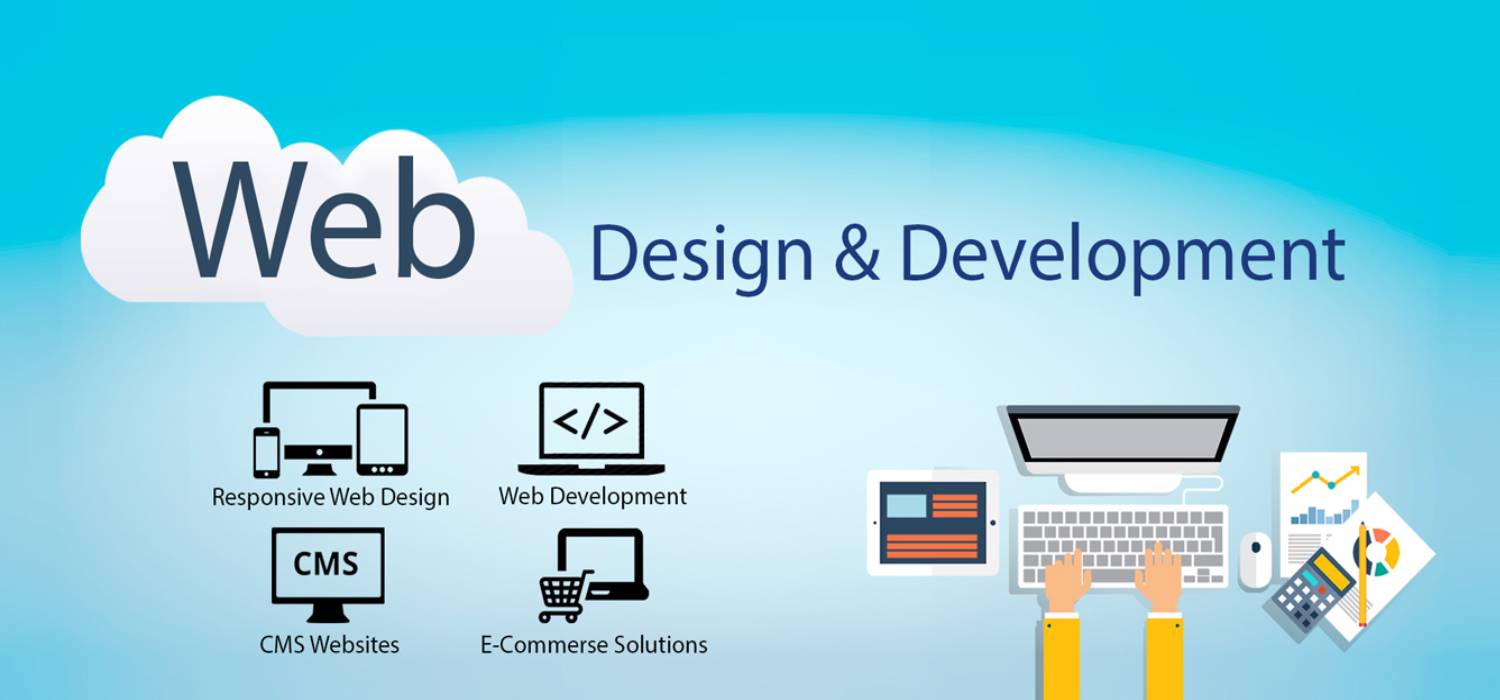Navigating the Digital Realm: The Art and Science of Website Design and Development

Navigating the Digital Realm: The Art and Science of Website Design and Development
In our increasingly digital world, compelling online presence is no longer optional—it's a prerequisite for success. Whether you're a business owner, creative professional, an individual looking to share your passions, the process website design development is crucial.
Understanding the Importance of Website Design and Development
The Digital Front Door: Your website is often the first interaction potential customers or visitors have with your brand. well-designed website can make a lasting impression, while a poorly designed one can drive them away.
Reflecting Your Brand: Your website should reflect your brand identity, conveying your values, personality, and uniqueness. Consistency in design elements, such as colors, fonts, & logos, is vital.
User Experience (UX): A good user experience is at the heart of effective web design. Users should be able to navigate your site easily, find information quickly,& enjoy a seamless journey.
- The Process of Website Design & Development
- Planning Research: Every successful website project begins with thorough planning and research. Identify your target audience, goals, the scope of your project. Research your competitors and industry trends.
Information Architecture: Plan the structure of your website, including the sitemap and user flows. Create a logical and intuitive navigation system.
Wireframing and Prototyping: Before diving into full design, create wireframes and prototypes to visualize the layout and functionality of your website. This phase helps identify potential issues early.
- Designing the User Interface (UI)
- Visual Design: The visual design phase focuses on aesthetics. Design elements such as color schemes, typography, and imagery are carefully chosen create visually appealing & cohesive look.
Responsive Design: In today's mobile-driven world, responsive design is must. Your website should adapt to different screen sizes & devices, ensuring consistent user experience.
User-Centered Design: Put the user at center of your design process. User testing and feedback can help refine your design to meet user expectations.
- Website Development
Choosing the Right Technology: Select the appropriate technology stack for your website. Popular choices include Content Management Systems (CMS) like WordPress or custom development using HTML, CSS, JavaScript, and more.
Coding and Development: Skilled developers bring the design to life through coding. They create functional elements, integrate databases, and ensure the website operates smoothly.
Content Management: Implement a content management system to easily update and maintain your website's content, ensuring it stays relevant and up-to-date.
- Optimization and Launch
Performance Optimization: Optimize your website for speed and performance. Minimize large images, use content delivery networks (CDNs), and employ best practices for fast loading times.
Search Engine Optimization (SEO): Incorporate SEO best practices from the beginning. Conduct keyword research, optimize meta tags, and create quality content to improve your website's visibility in search engines.
Testing: Thoroughly test your website for functionality, compatibility, and security. Address any issues before the launch to ensure a smooth user experience.
Post-Launch and Maintenance
Regular Updates: Websites are not static; they require ongoing updates and maintenance. Regularly add fresh content, address technical issues, and stay up-to-date with security patches.
Analytics and User Feedback: Utilize analytics tools to track user behavior and gather insights. Act on user feedback to continuously improve your website.
Website design and development dynamic processes that require careful planning, creative design, technical expertise, ongoing maintenance. A well-designed and functional website can be powerful tool for achieving your goals, whether they are related business growth, creative expression, personal branding. By embracing best practices and staying attuned user needs, you can create a digital presence that stands out in the ever-evolving digital landscape.